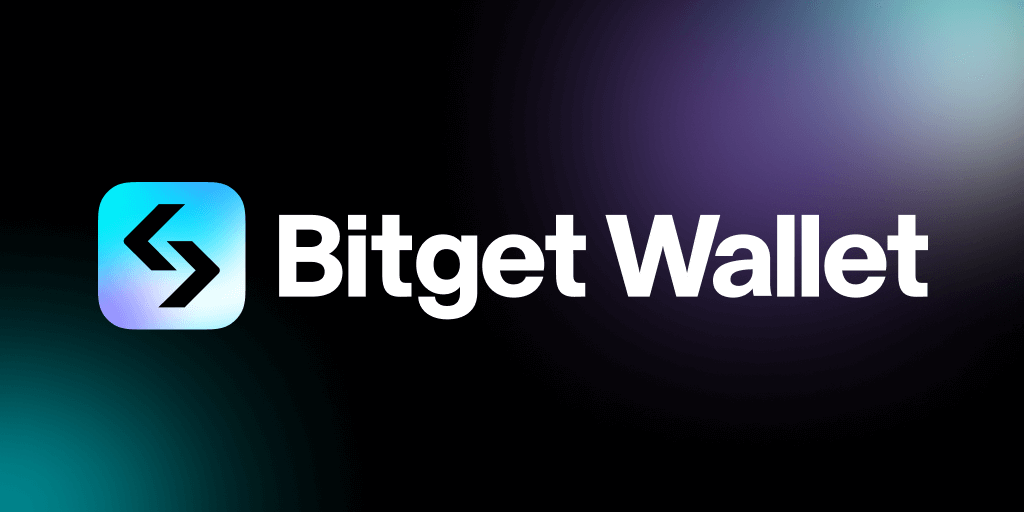So, I was thinking about how messy DeFi can get when you’re juggling assets across multiple chains. Seriously, it’s like trying to keep track of your keys while riding a unicycle—tricky and kinda risky. Cross-chain swaps sounded like a neat solution at first, but the reality? It’s a bit more tangled than I expected. Something felt off about the user experience—slow confirmations, high fees, and frankly, a lack of trust when you’re moving your hard-earned crypto around. But hey, that’s DeFi for you: exciting but also a wild west.
Here’s the thing. Spot trading on a single-chain platform used to be straightforward, but once you start mixing chains, things get complicated fast. Not just technically, but security-wise too. On one hand, you want the freedom to swap tokens anywhere, anytime. On the other, the more chains you touch, the bigger the attack surface. That’s why hardware wallet support suddenly becomes very very important—it’s your digital fortress.
My instinct said to dig deeper into solutions that blend these worlds smoothly. Initially, I thought wallets were just for storage, but then I realized some are evolving into full-fledged trading hubs supporting cross-chain actions. That blew my mind—because it means you don’t have to hop platforms or expose your private keys recklessly. Well, not as much anyway.
Okay, so check this out—there’s this wallet I’ve been testing called the bitget wallet. It’s not just any wallet; it integrates spot trading with cross-chain swaps and supports hardware wallets. That combo? Pretty rare in the DeFi space. At first, I was skeptical. How can one wallet juggle so many functions without turning into a bloated mess? But the user interface is surprisingly clean, and the security protocols give me some peace of mind, which is crucial.
Whoa! The more I explored, the more I realized how much smoother it makes managing assets across Ethereum, BSC, and even some less mainstream chains. And the hardware wallet integration means you can keep your keys offline but still trade on the fly—a dream for anyone who’s been burned by hacks.
Now, let’s talk about cross-chain swaps a bit more. The tech behind them is complicated, involving bridges, wrapped tokens, and sometimes centralized relayers. Each step introduces latency and risk. But wallets like bitget try to mask that complexity, providing a near-instant swap feel. It’s not perfect though—there are delays and occasional hiccups, especially during network congestion. But hey, progress is progress.
One weird thing I noticed? Sometimes the swap rates vary wildly between chains, and fees stack up in ways that are not immediately obvious. That part bugs me. You think you’re getting a good deal, but after network fees and bridge costs, your profits shrink. So, I keep a close eye on transaction breakdowns before committing. It’s like shopping online and discovering hidden shipping fees at checkout—annoying but unavoidable sometimes.
Hardware wallet support isn’t just a nice-to-have anymore. It’s becoming a must. I mean, you wouldn’t leave your house unlocked, right? Your crypto deserves that same kind of protection. The tricky part is finding wallets that play nicely with your hardware device, especially when you want to do more than just hold tokens. The bitget wallet nails this by allowing you to confirm trades and swaps physically on your hardware device, which adds an extra layer of defense against malware or phishing.

Here’s a quick personal story—last month, I tried moving some stablecoins from Polygon to Avalanche. I used a popular bridge but forgot to verify the contract carefully. Yeah, you guessed it, I lost a small amount to a scammy contract. Lesson learned. Now, I always rely on wallets that have built-in bridge integrations vetted for safety, like bitget. It’s not just convenience; it’s a shield.
Spot trading inside wallets? That’s the cherry on top. Not having to move assets to an exchange reduces exposure and speeds up trades. Though, the order books on wallet-integrated platforms aren’t always as deep as big centralized exchanges. So, for very large trades, slippage can be an issue. Still, for most DeFi users, this feature saves time and lowers risk.
Actually, wait—let me rephrase that. Spot trading inside wallets is fantastic for quick, small to medium trades when you want to stay fully in control. But if you’re a whale or need advanced order types, you might still want to use dedicated exchanges. On the bright side, wallets like bitget are constantly improving liquidity pools and partnerships to close that gap. Fingers crossed they succeed.
It’s funny how the crypto space keeps evolving. A couple years ago, I’d never imagined a wallet could be this versatile. There’s an ongoing battle between convenience and security, and wallets supporting hardware devices while enabling cross-chain swaps seem to strike a sweet spot. Though, I’m still wary about putting all my eggs in one basket—diversification isn’t just about tokens, but also platforms and wallets.
One last thought—while exploring these multi-chain features, I noticed the user experience varies a lot depending on your tech savviness. For newbies, the options might feel overwhelming or even intimidating. So, wallet developers have a big challenge: how to offer advanced tools without scaring off casual users. I think that’s where intuitive UI and solid customer support come in—and bitget’s team seems aware of that.
Anyway, if you’re diving into DeFi across chains and want a wallet that doesn’t make you choose between security and functionality, give the bitget wallet a look. I’m biased, but from what I’ve seen, it’s a solid step toward a more integrated and safer crypto experience. Just remember—always double-check your transactions and keep your keys safe.













